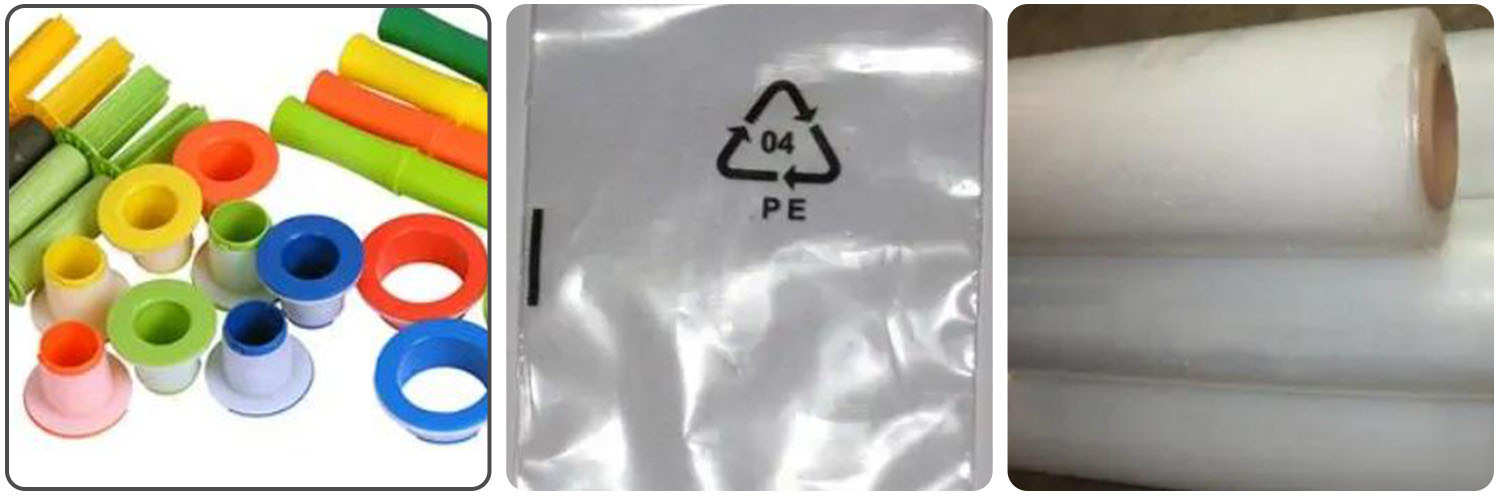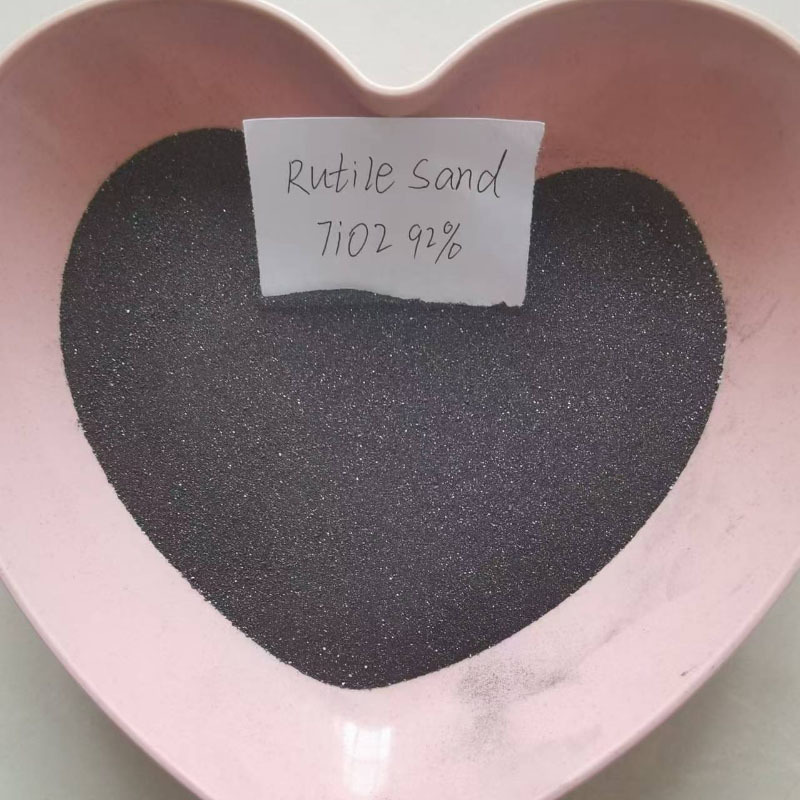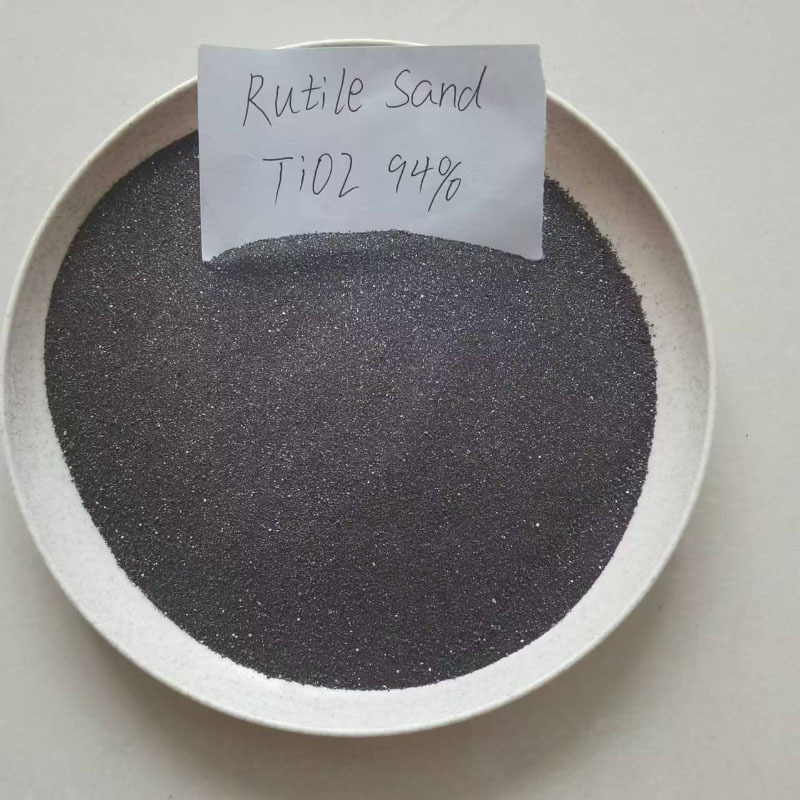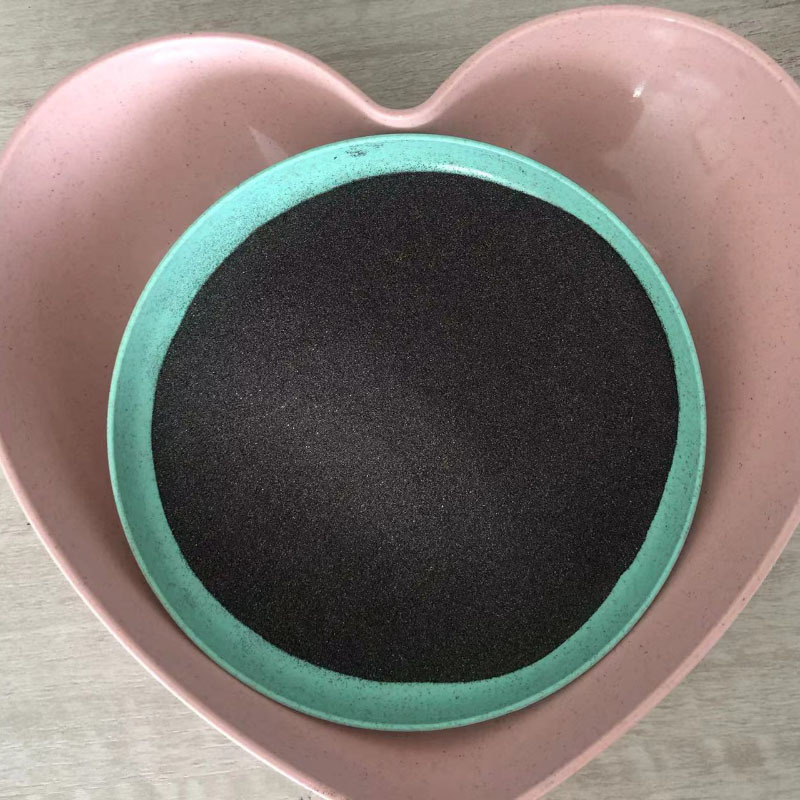CONTACT INFO
Phone:+8619933088572
Email:sales@teyichem.com
Add:Room 2209, Unit 03, Building 2, Tower International Trade City, 118 Shengli South Street, Qiaoxi District, Shijiazhuang City, Hebei Province


LLDPE
Contact Info
- Commodity name: LLDPE
Category
Product Details
LLDPE 218WJ is a non-toxic, tasteless, odorless milky white particle. Compared with LDPE, it has a higher softening temperature and melting temperature, has the advantages of high strength, good toughness, high rigidity, good heat resistance, good cold resistance, but also has good environmental stress cracking resistance, impact strength, tear strength and other properties, and can resist acid, alkali, several solvents and widely used in industry, agriculture, medicine, health and daily necessities.
| Physical | Nominal Balue Unit | Test Method |
| Density | 0.918g/cm³ | ASTM D1505 |
| Melt Mass-Flow Rate(MFR)(190℃/2.16kg) | 2.0g/10min | ASTM D1238 |
| Films | Nominal Balue Unit | Test Method |
| Secant Modulus² | ASTM D882 | |
| 1% Secant,MD:30μm | 220 MPa | |
| 1% Secant,TD:30μm | 260 MPa | |
| Tensile Strength² | ASTM D882 | |
| MD:Yield,30μm | 12.0 MPa | |
| TD:Yield,30μm | 10.0 MPa | |
| MD:Break,30μm | 35.0 MPa | |
| TD:Break,30μm | 29.0 MPa | |
| Tensile Elongation² | ASTM D882 | |
| MD:Break,30μm | 700% | |
| TD:Break,30μm | 750% | |
| Elmendorf Tear Strength² | ASTM D1922 | |
| MD:30μm | 130g | |
| TD:30μm | 320g | |
| Thermal | Nominal Balue Unit | Test Method |
| Vicat Softening Temperature | 98.0℃ | ASTM D1525 |
| Optical | Nominal Balue Unit | Test Method |
| Gloss²(60°,30.0μm) | 80 | ASTM D2457 |
| Haze²(30.0μm) | 13.0% | ASTM D1003 |
| Additional Information | Nominal Balue Unit | Test Method |
| Dart Impact³(30.0μm) | 833.6 kN/m | ASTM D1709 |
Packing:25kg/bag
Application:

Plastic Raw Material LLDPE:LLDPE, or Linear Low - Density Polyethylene, is a remarkable plastic raw material that has revolutionized numerous industries.
One of the most outstanding features of LLDPE is its exceptional strength. It can withstand significant stress and strain, making it ideal for applications where durability is crucial. For example, in the manufacturing of heavy - duty packaging materials like industrial sacks and large - volume containers. These products need to hold substantial weights without tearing or breaking, and LLDPE delivers on this requirement with ease.
LLDPE also exhibits great flexibility. It can be molded and shaped into a wide variety of forms, from thin films used in food packaging to complex shapes for consumer products. This flexibility allows manufacturers to be creative and meet the diverse needs of different markets. In the agricultural sector, LLDPE films are used for greenhouse coverings. The material's flexibility enables it to be stretched over large areas, while its transparency allows sunlight to penetrate, creating an ideal environment for plant growth.
Moreover, LLDPE has excellent chemical resistance. It can endure exposure to various substances without deteriorating. This property makes it suitable for use in the chemical industry for storing and transporting different chemicals safely.
In terms of environmental impact, LLDPE is recyclable. As the world becomes more conscious of environmental sustainability, the recyclability of LLDPE gives it an edge. Recycled LLDPE can be used to produce new products, reducing the need for virgin plastic production and conserving resources.
Overall, LLDPE is a plastic raw material that combines strength, flexibility, chemical resistance, and recyclability, making it an invaluable asset in today's manufacturing and packaging industries.
Keywords
Get More Product Information For Free
* Note: Please be sure to fill in the information accurately and keep communication open. We will contact you as soon as possible!
Recommended Products






